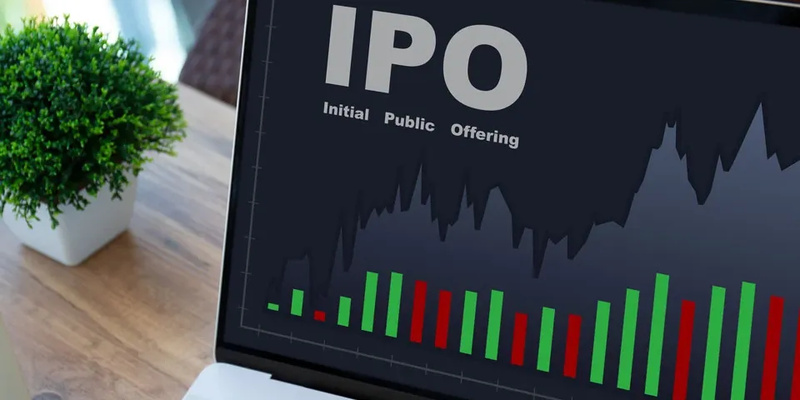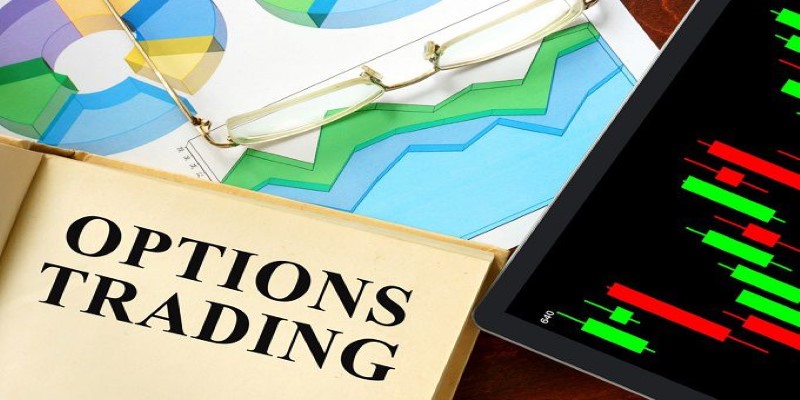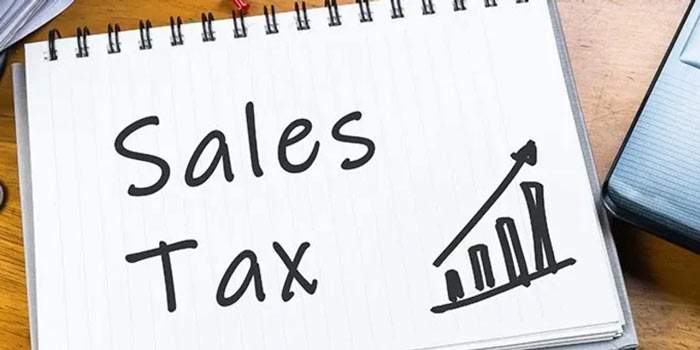Navigating Sales Tax Rates
To decide the correct sales tax rate for your customers is not an easy job. This needs understanding about tax jurisdictions and where customers are located. Now, we will look at the elements that affect sales tax rates and how to handle them in a good way.
Understanding Sales Tax Rates
The sales tax rate is not only different from one state to another, but it can also change within the same state. Every jurisdiction in a state like a county, city, or special taxing district may have its unique sales tax rate. These rates could be affected by local laws and regulations as well as economic circumstances. A business owner needs to understand these rates well so that they can follow the rules correctly and not get any penalties.
To get how sales tax rates work, you must first know about all the pieces that make up an overall rate. Apart from the base state rate, there can be extra local taxes like county or city ones too. Also, specific goods/services may have their taxes applicable to them and some items could be exempted from these charges. These factors add more complexity to calculating it all.
- Consideration: Certain items may be exempt from sales tax, such as groceries or prescription medications. It's essential to familiarize yourself with applicable exemptions to ensure accurate tax calculations.
- Caution: Sales tax rates can change over time due to legislative updates or economic factors. Regularly review tax laws and rates to stay informed and avoid potential errors in tax collection and remittance.
Customer Location Matters
The customer's location is very important when deciding the sales tax rate to charge. The rates for sales tax are set based on where the sale happens, which is usually where goods get delivered or services are given. So, knowing correctly where your customer is will help you apply the right tax rate.
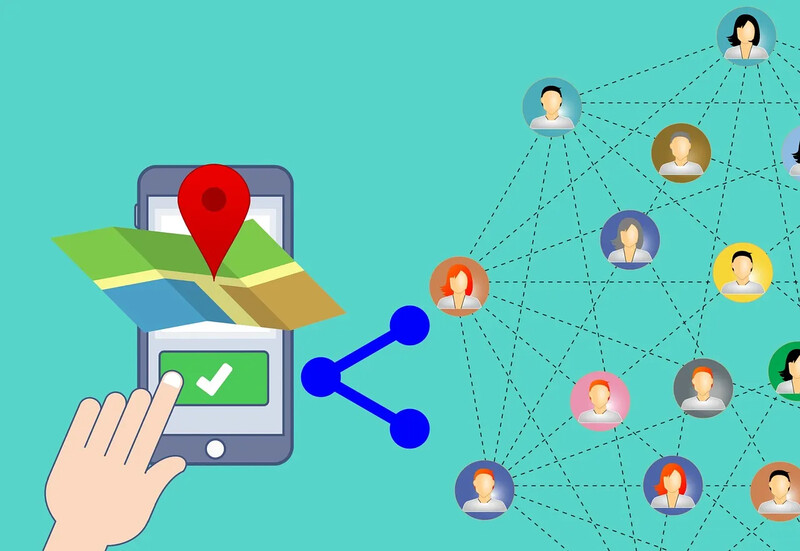
Apart from knowing where the customer is located, businesses also need to think about any specific tax jurisdictions that could be involved. Some places might have different tax rates or exceptions like enterprise zones and tourism districts. Knowing these details helps in correctly assessing taxes and following the rules of the local area.
- Consideration: Some states have destination-based sales tax, meaning the tax rate is based on the buyer's location rather than the seller's. This requires businesses to adapt their tax calculation processes accordingly.
- Caution: Failing to accurately determine the customer's location can result in under or overcharging sales tax, leading to potential audit issues or customer dissatisfaction.
Nexus and Tax Obligations
A nexus is like a link between the business and the place where tax is collected or sent. If you set up a nexus in a certain jurisdiction, it means that your business must follow sales tax laws there. This includes charging the correct tax rate to customers within its borders. Understanding what nexus means can help you know your tax duties and steer clear of possible responsibilities.
Apart from the nexus of physical presence, businesses need to consider economic nexus thresholds too. A lot of states have set up laws on economic nexus. It means that if a business has sales or transactions reaching certain limits in that state, it must gather and give sales tax even without any physical presence there. Companies need to monitor these thresholds so they can follow the rules and prevent any surprising tax debts.
- Consideration: The concept of nexus extends beyond traditional brick-and-mortar stores to include online and remote sellers. Understanding your nexus footprint is essential for e-commerce businesses operating across multiple states.
- Caution: Ignoring nexus obligations can lead to significant financial consequences, including back taxes, penalties, and interest. Regularly review your business activities to assess nexus exposure and compliance requirements.
Utilizing Technology Solutions
Nowadays, with the help of technology, many firms have access to various solutions for calculating and handling sales tax rates. These solutions can include automatic tax software or tools that use geolocation methods to determine which is the correct tax rate according to where your customer is located. By using technology like this, businesses can make sure they are precise and efficient in obeying rules about sales taxes.
Apart from simple tax math, technology solutions now give more options like instantly updated tax rates, connection with e-commerce platforms, and complete reporting features. These abilities help businesses to follow the changing tax rules and laws while reducing manual work and possible mistakes.
- Consideration: When choosing a technology solution, consider factors such as scalability, ease of integration, and ongoing support. Selecting the right solution tailored to your business needs is essential for long-term success.
- Caution: While technology can streamline tax compliance processes, it's important to regularly review and audit your tax calculations to ensure accuracy and identify any potential discrepancies or issues.
Consulting Tax Professionals
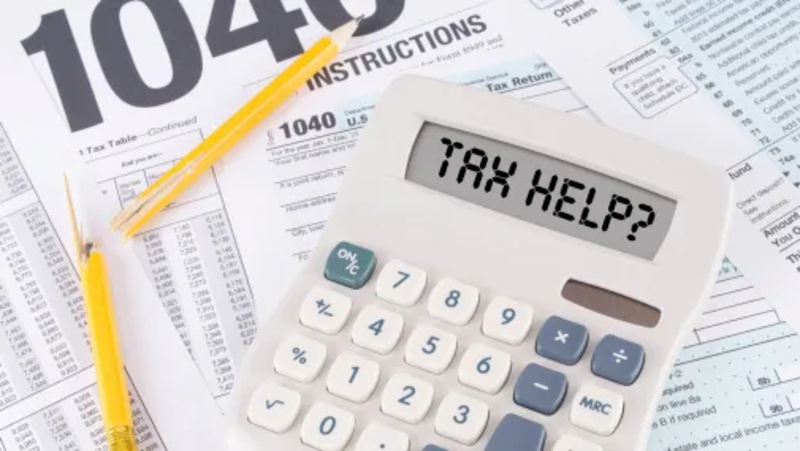
Understanding the different sales tax rates is not always easy, especially for small businesses or those that operate in many areas. In these situations, getting help from a tax professional can be very beneficial. Tax advisors can give you custom advice according to your unique business activities and assist with managing sales tax compliance tactics successfully.
Tax professionals can help businesses in tax planning and risk management, not just giving expert advice. They do this by doing detailed evaluations of your business activities and tax responsibilities. They find out possible places where you might face risks related to taxes, and then create methods to reduce these risks while also making sure that the taxes are paid correctly.
- Consideration: Establishing a relationship with a tax professional early on can provide ongoing support and guidance as your business grows and evolves. Regular communication and collaboration ensure proactive tax planning and compliance.
- Caution: While tax professionals offer valuable expertise, ultimately, business owners are responsible for complying with sales tax laws and regulations. Stay informed and actively engage in the tax compliance process to avoid potential issues or oversights.
Conclusion
Figuring out the correct sales tax rate for your customers is a complex process that involves many factors. It depends on where the customer is located, the different tax jurisdictions involved, and your nexus obligations. To make sure you are doing things right, it's important to understand these elements and use available resources like technology solutions or professional advice. Keep up with the knowledge, follow rules properly, and give your customers an easy shopping experience.




